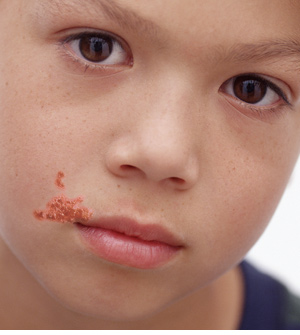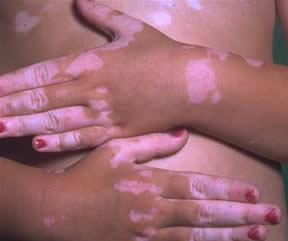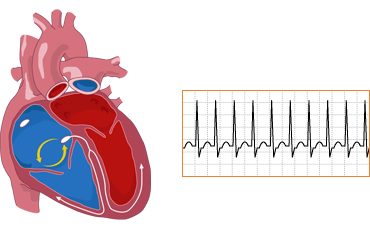
Necrotizing fasciitis is infection of skin and fascia caused by group A streptococci, mixed aerobic-anaerobic bacteria, or Clostridium perfringens. It develops rapidly and has high mortality without emergent treatment.
Signs and Symptoms:
- Pain and unexplained fever
- Swelling, tenderness, induration, or bullae
- Extending of infection to fascia and spreads rapidly
- Predisposing factors: DM, peripheral vascular disease, breaches in the skin or mucosa, and surgery
- Necrotizing fasciitis of the perineal region is called Fournier's gangrene
- Surgery
- Antibiotic therapy after gram stain and culture of tissue
















































